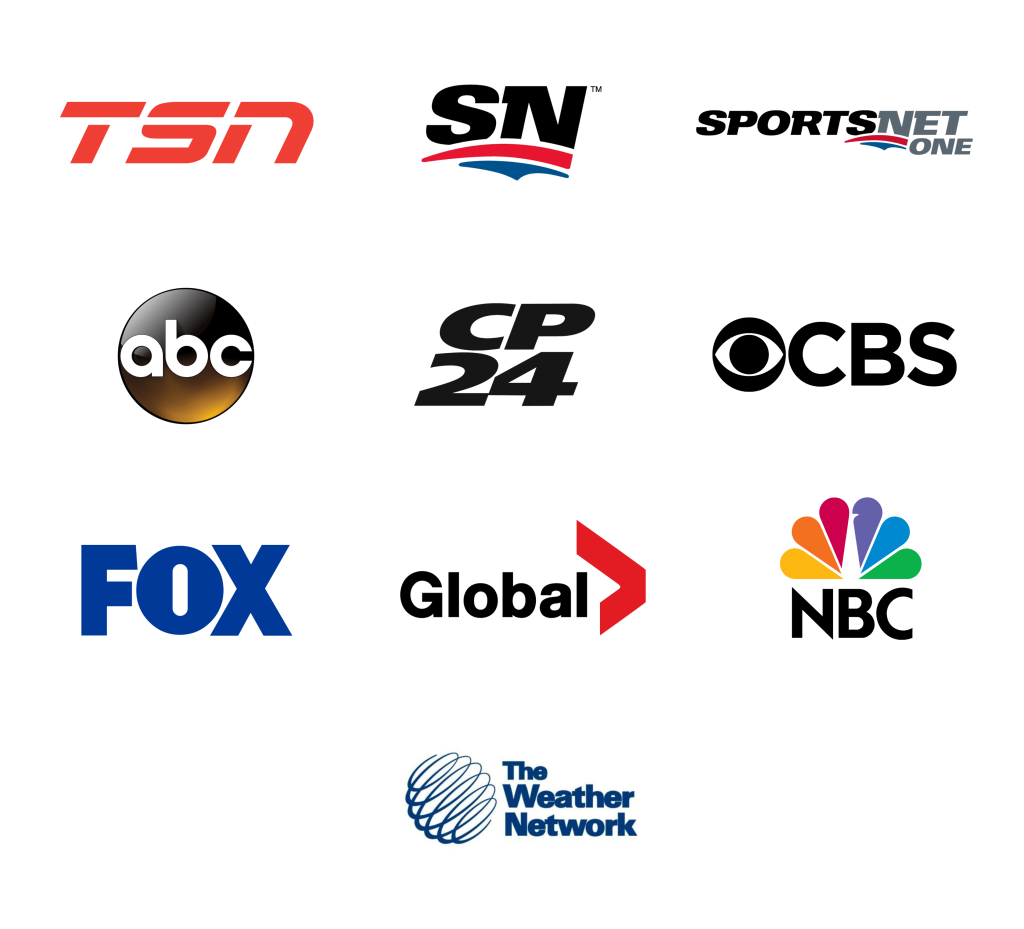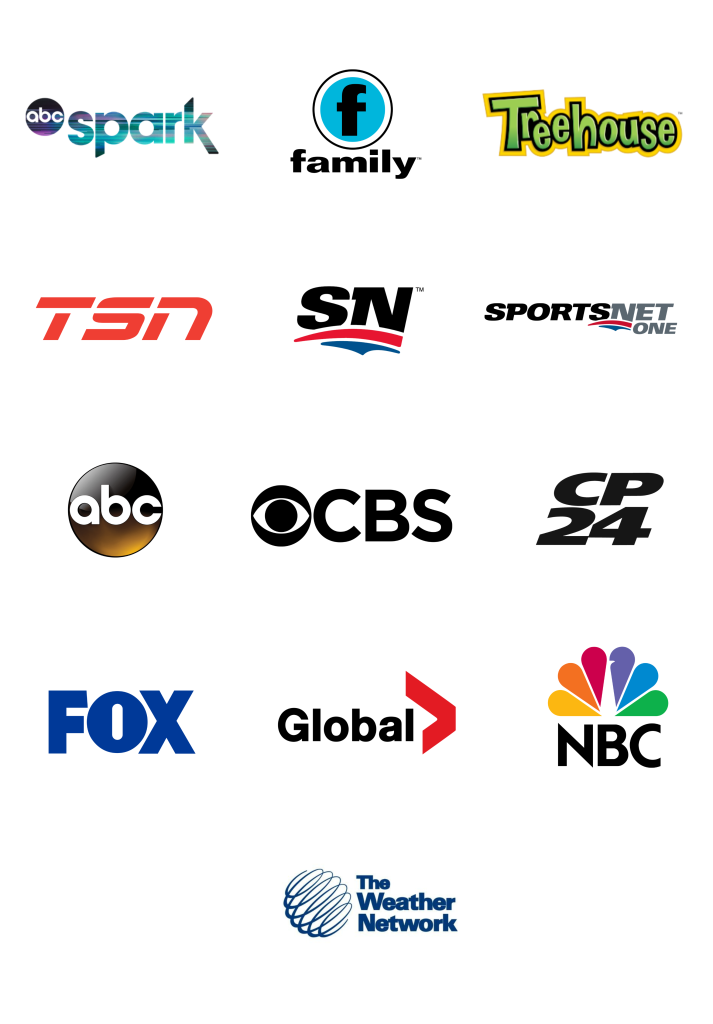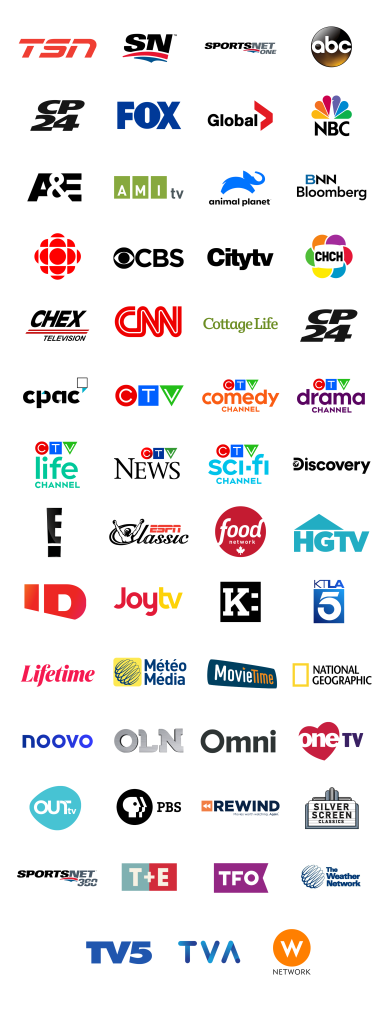
 Jan 5 2024
Jan 5 2024
In recent years, podcasts have emerged as a cornerstone of modern storytelling, education, and entertainment. This surge in popularity can be attributed to the medium’s unique ability to connect with audiences on a personal level, offering content that caters to virtually every interest a listener could have.
If you’ve ever considered starting your own podcast, there’s no better time than now. With the right approach, decent equipment, and a reliable high-speed internet connection, launching your podcast from the comfort of your home can be both feasible and rewarding. In this guide to starting your podcast from home, we will outline the need-to-know information about starting a podcast, and give you tips for setting up your recording area with success.
Maybe you already have a winning idea for your podcast, but how far into the process have you considered? In the process of planning your podcast, grab a pen and paper and answer these essential questions:
These questions will form the why, what, and how of your podcast. It will create a foundation that you can come back to as you work out the details for your episode structure and style.
The podcasting landscape is getting saturated with content. Nowadays there are a dozen podcasts about every topic. One of the first steps in starting a podcast is identifying your niche–what is the broader topic you will focus on, and how will your podcast be different from the others?
Your podcast should focus on a subject you are passionate about and knowledgeable in, but it should also appeal to a specific audience. Whether it’s true crime, health and wellness, technology, or any other topic, your unique perspective and voice can carve out a space among the other podcasts competing for attention.
How are you going to deliver the information to your audience? Will you be recording alone or with a co-host? Will you be recording solo monologues, conducting interviews with interesting guests, creating an audio story, or some other structure? As you build on the foundation you outlined in your initial plan, you will start to flesh out the details of your recording style.
In an ideal world, episodes should be released on a regular schedule. Whether that means putting out an episode every month, bi-weekly or weekly doesn’t matter too much. Ultimately it will come down to how you decide to structure your podcast and how much time you can dedicate to recording and editing. Releasing an excellent episode once per month will be more engaging to listeners than releasing a mediocre episode every week.
Your podcast needs to catch people’s attention in an instant. If a potential listener is scrolling through a list of podcasts looking for new content, you need to draw them in an instant. This means creating a compelling name, designing engaging cover art, and working out your recording style.
Deciding on a name is tricky and it may take a while. It’s something that you will have to live with and sell to your audience, so don’t rush it. When picking a name you have several avenues you can take. You can go for a creative name, a descriptive name, or name the podcast after yourself.
Each of these will have pros and cons. A fun, creative name may catch listeners’ attention but may not give them much of an idea of what the podcast is about. A descriptive name will do well to inform your listeners of what to expect but can be a little boring. Naming the podcast after yourself is a great choice if you already have an established following, and is even better if you have a unique name.
Good, engaging cover art is important for drawing in new listeners. Like your title, you want to strike a balance between being descriptive, clever, quirky, and eye-catching. Here are some basic recommendations for your cover art:
Adding music to your podcast is a great way to make the audio experience of your podcast more engaging. You will need to decide if you will have intro music or music throughout the episodes. Intro music should be kept below 10-15 seconds so as not to prompt listeners to skip ahead. There are some great tools for finding free, legal music samples online, like Shutterstock or AudioHero.
Starting a podcast doesn’t require a professional studio, but a few key pieces of equipment are essential to ensure quality sound. A good microphone, headphones, and audio editing software are the basics. For those concerned about budget, there are cost-effective options that don’t compromise too much on quality. It’s easy to get hung up on which equipment to use, but remember that the content and style of your podcast will carry you a lot further than the best microphone.
If you are going to be recording from home, a reliable internet connection is non-negotiable. From researching and streaming content to recording with guests remotely and uploading episodes, every step in the podcasting process benefits from a fast and stable internet.
Comwave’s internet plans are designed to support content creators, offering the bandwidth and speed necessary to manage large audio files and maintain a consistent online presence all for some of the most affordable rates on the market.
You have a plan, you have your equipment, and your internet is fast and reliable. It’s time to record your first episode. Whether or not you should write a script will depend on your content and style. Scripting or outlining your episode can help keep the conversation focused and engaging, but it can also feel less natural. If you’re interviewing guests, a stable internet connection ensures clear communication for remote recordings.
Editing is where your podcast comes to life. It allows you to remove mistakes, add music, and fine-tune your audio for the best listener experience. Various software options cater to different skill levels, from beginner-friendly apps to professional-grade tools. Some of the most popular choices are:
You will come into your own editing process in due time. For the first episode, you should focus on a few basics like:
Starting a podcast from home is an exciting venture that opens up a world of opportunities to connect with audiences and share your passions. With the right preparation, equipment, and a reliable internet connection like the plans offered by Comwave, you can produce a podcast that stands out. Remember, the journey of podcasting is one of creativity, learning, and community-building, offering an unparalleled platform to voice your ideas to the world.

Comwave is Canada’s largest independent communications company, offering home internet, TV and phone services at some of the best prices in Canada.
1-866-542-6694© 2024 Comwave Networks Inc. All rights reserved.
911 has certain limitations versus traditional E-911. Details at www.comwave.net/legal



First, let us know where you live so we can make sure that we can provide service in your area.